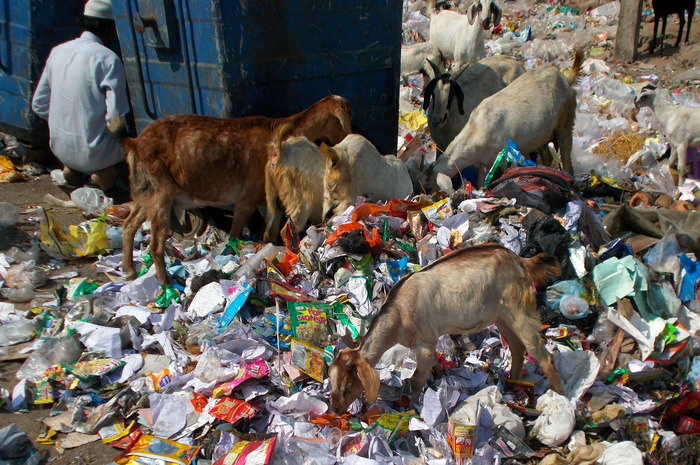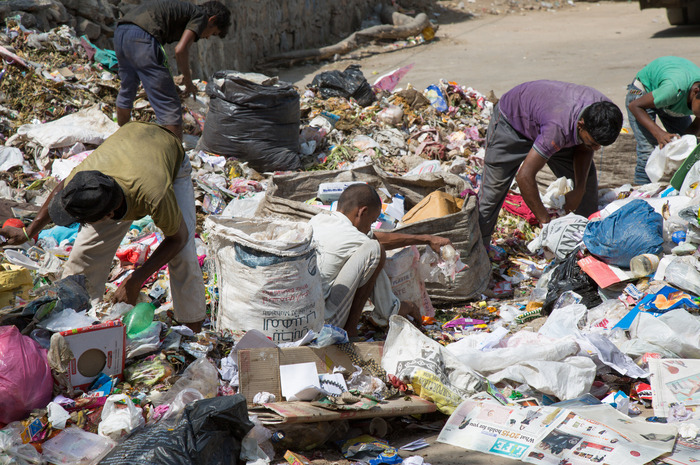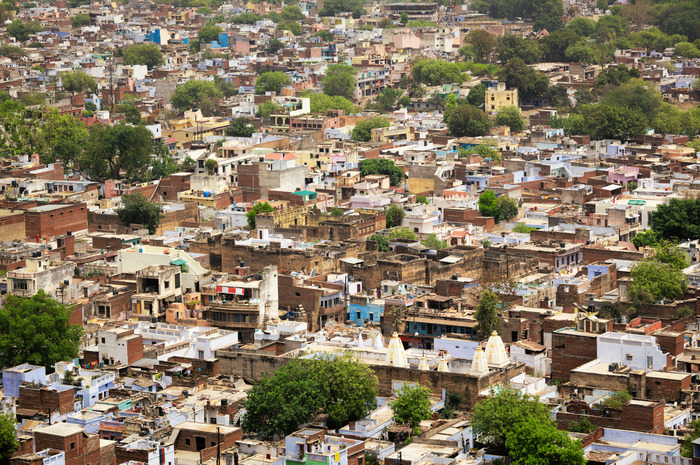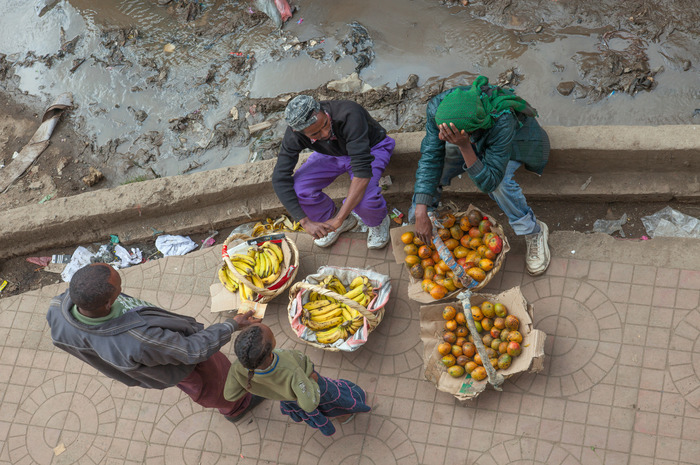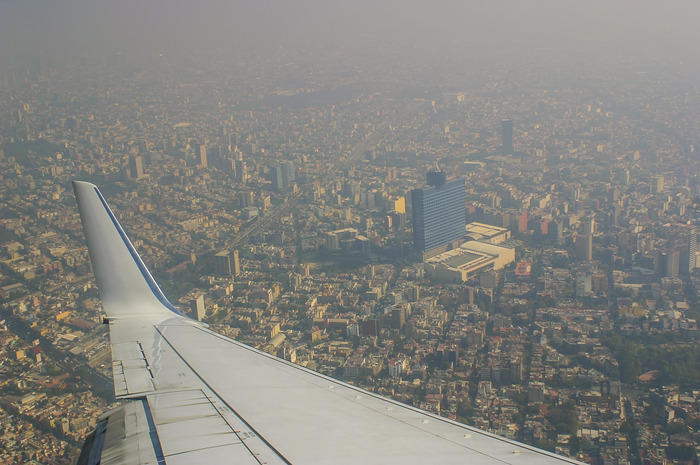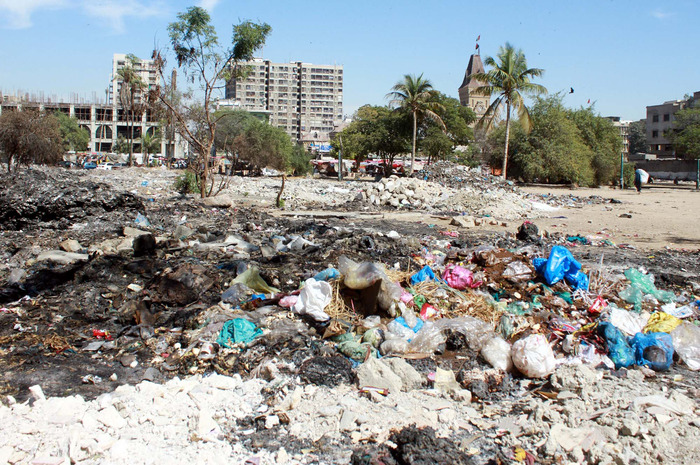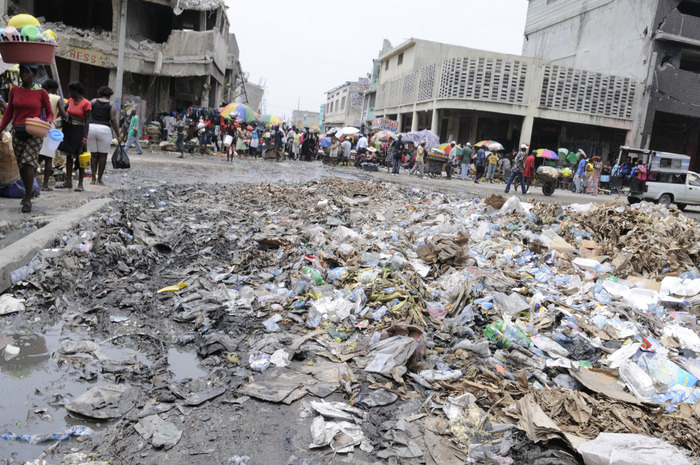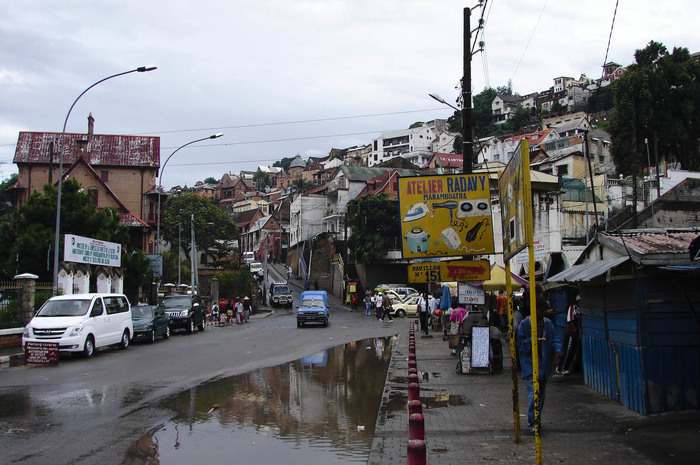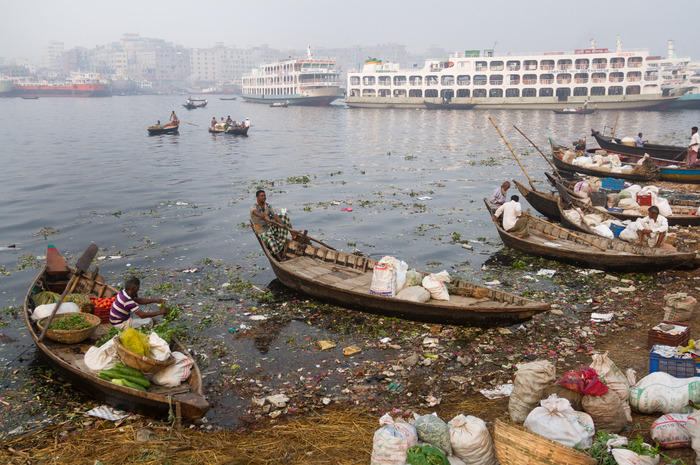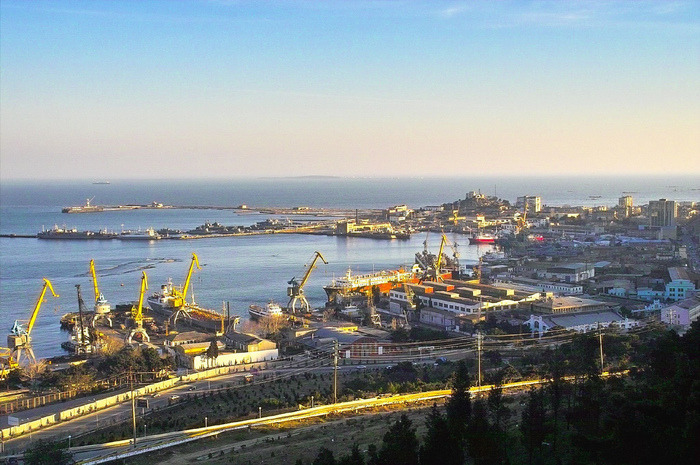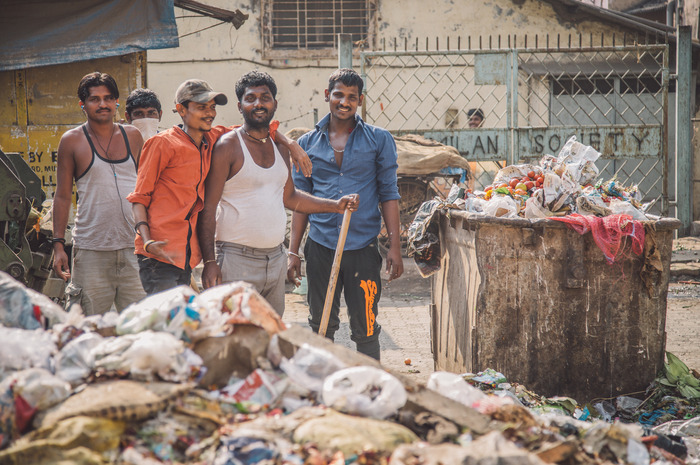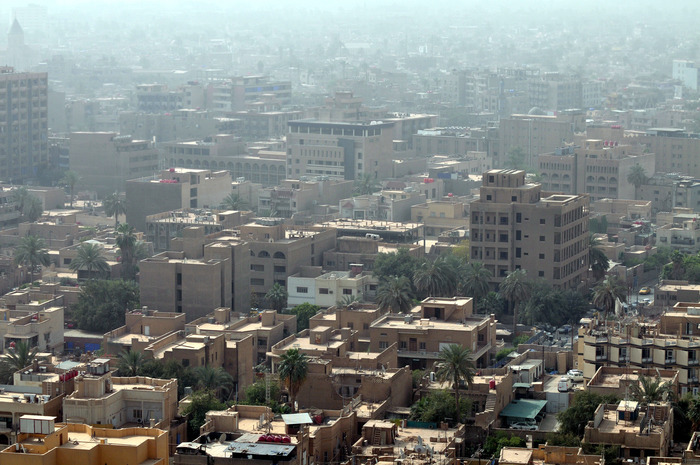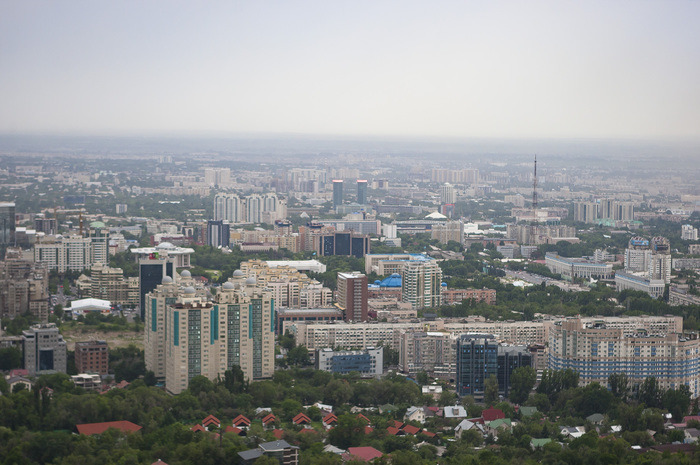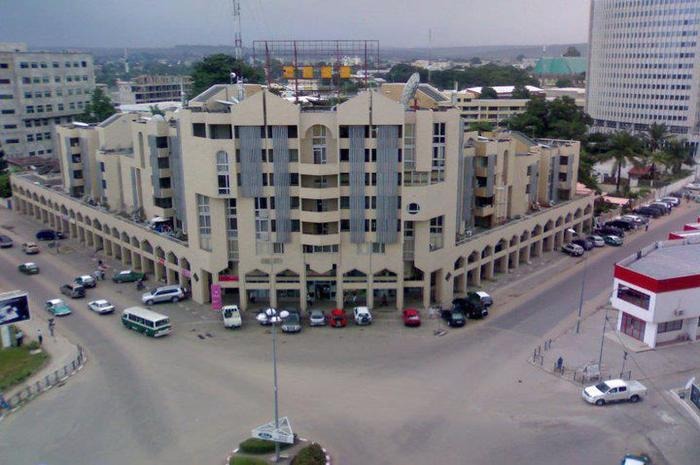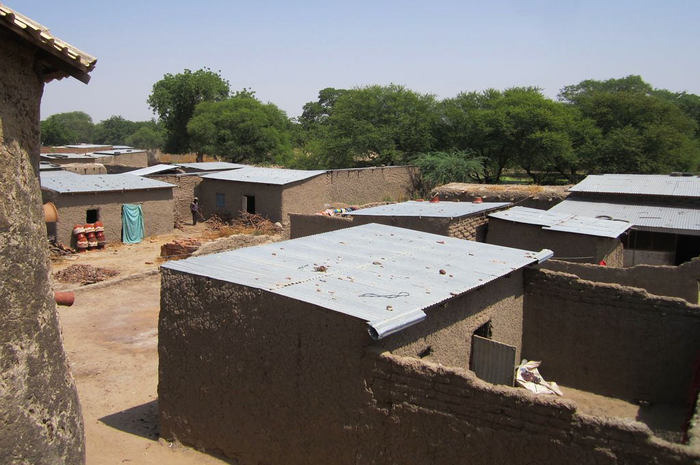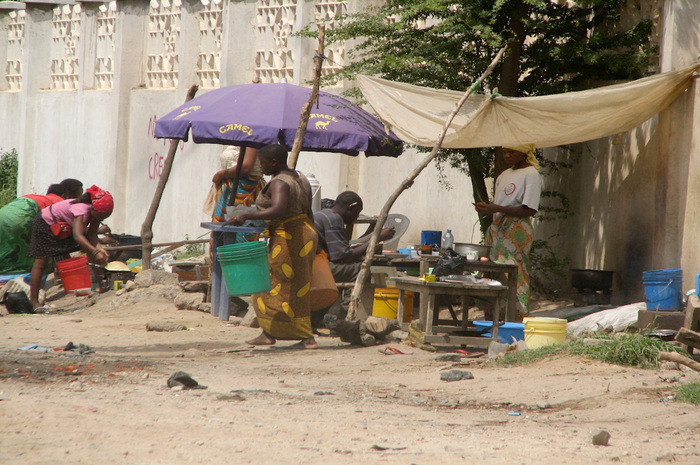15 Dirtiest Cities In The World
How is a city's ranking measured when it comes to cleanliness? Different reports take different approaches. Some focus on air pollution exclusively while others take problems with waste disposal, lack of strategies for preventing oil spills and contamination, and clean-up methods after disasters into consideration as well. The following list is based on two reports: Mercer's annual Health and Sanitation Index and the World Health Organization database, which is derived from studying more than 1,600 cities between 2008 and 2013.
New Delhi, India
Major problems with India's capital that contribute to high levels of pollution include overpopulation (it is the second most populous city in the world after Tokyo), horrible traffic jams and garbage and toxic materials flowing in the Yamuna River, making it a source for water-borne infections. A UK research said Delhi had a "toxic blend of geography, growth, poor energy sources and unfavorable weather that boosts its dangerously high levels of air pollution."
Gwalior, India
When it comes to air pollution, Gwalor, a historic city in Madhya Pradesh, has a PM2.5 annual score of 176. In comparison, the U.S. Environmental Protection Agency had established a level of 15 micrograms per cubic meter as the annual standard. Factors that contribute to the bad quality of the air are surrounding coal-fired power plants, driving cars, inefficient use of energy in buildings, and use of biomass for cooking and heating.
Addis Ababa, Ethiopia
Sanitation is practically non-existent in Ethiopia's capital. There are barely any effective programs to clean up the city, which contributes to high infant mortality. Travelers have written on TripAdvisor that there is "dirt and dust everywhere." Africa's "diplomatic capital" also ranks high in drinking water pollution and inaccessibility, as well as water pollution.
Mexico City, Mexico
Due to fumes produced by 3.6 million vehicles and the city's location at 7,350 feet above sea level (there's less oxygen at this altitude), most of the air pollution is the result of incomplete combustion of hydrocarbons, mainly diesel emissions. The surrounding mountains lock the pollution in the city, causing thick smog. In March 2016, the government declared an air pollution alert for the first time since 2005. The mega-city estimates unhealthy ozone emissions nearly 85 percent of the year.
Karachi, Pakistan
Some areas of the largest city of Pakistan, and the most populated one, are filled with smog. Waste treatment plants in Karachi have been rejected by previous administrators claiming that the task does not fall in their domain, according to local media. Lack of capacity of sewerage treatment plants is also a problem. In addition to lack of sanitation and clean water, emissions form cars and buses as well as factories burning garbage pollute the city.
Port au Prince, Haiti
The capital and most populous city of Haiti has been hit with several environmental disasters in recent years – the catastrophic earthquake in 2010, cholera outbreak, and the destructive Hurricane Matthew. The political instability is not helping get the country on the right track. Lack of sanitation systems is largely responsible for the severe tenacity of cholera in the country.
Antananarivo, Madagascar
The capital city of Madagascar, in the island's Central Highlands, ranks high in air pollution, drinking water pollution and inaccessibility, lack of proper garbage disposal, being dirty and untidy, and dissatisfaction with green parks and areas in the city. Rapid urban expansion and industrial development are to blame for high levels of air pollution, deforestation, and water pollution.
Dhaka, Bangladesh
Dhaka had an annual average PM2.5 measurement of 90. Brickfields in Bangladesh expel over 9.8 million tons of greenhouse gases into the air annually due to a combination of old technology, weak environmental laws and enforcement, and lack of corporate responsibility, according to the World Bank. Water pollution due to the use of commercial pesticides is also a problem. Dhaka is well-known for its massive, never-ceasing traffic jams.
Baku, Azerbaijan
Baku has astounding 21st-century architecture, which is one thing that makes the country a vacation destination you may not have thought of yet. But the capital is also ranked as the dirtiest city in the world, according to Mercer's Health and Sanitation report due to negative environmental effects of increased oil drilling and shipping activities. Water and air pollution are major problems.
Mumbai, India
Mumbai, a city you should see before it sinks, had an annual average PM2.5 measurement of 63. Badly maintained Diesel cars are the biggest source of air pollution. Garbage dump, coal storage and burning of plastic are also big problems. Quick urbanization and industrialization has led to high levels of pollution. Mumbai is also on the list of most dangerous places to take selfies.
Baghdad, Iraq
Iraq's capital, the largest city in the country with almost 4 million residents, faces big problems with potable water. Water pollution causes water-borne illnesses. Cholera outbreaks in the city and suburbs are not uncommon. Iraq is also drilling more oil, causing more environmental concerns, with more drilling planned for Kurdish north of the country. Oil reserves in Iraq are considered the world's second -largest proven oil reserves.
Almaty, Kazakhstan
The booming petroleum industry, lack of air pollution regulations and weak enforcement of existing protections have caused an environmental calamity. Air pollution, dissatisfaction with garbage disposal, and lack of green parks are comparable to those of Beijing. Toxic waste dumps are a major problem.
Brazzaville, Congo
Located on the Congo River, the capital and largest city of the Republic of the Congo lacks drinkable water. Contamination and air pollution are huge concerns due to unloading raw sewage in the water supply. Car emissions contribute to the list of environmental issues that urgently need to be addressed.
N'Djamena, Chad
Clean water is in high demand, but poor neighborhoods on N'Djamena's outskirts don't benefit from the city's utilities grid, according to Unicef. Instead, they rely on shallow wells or water vendors. Even then, there is no guarantee that the water is clean. Last year, over 17,000 people contracted cholera in Chad, with thousands of cases in the capital alone.
Dar es Salaam, Tanzania
Tanzania commercial capital is ranked among the top dirtiest cities, certainly in Africa, according to officials, due to uncontrolled importation and disposal of plastic materials as well as poor management of waste. Rapid population growth is further stressing the capital's sanitation programs. Waste freely enters the Msimbazi River, spreading infections.
